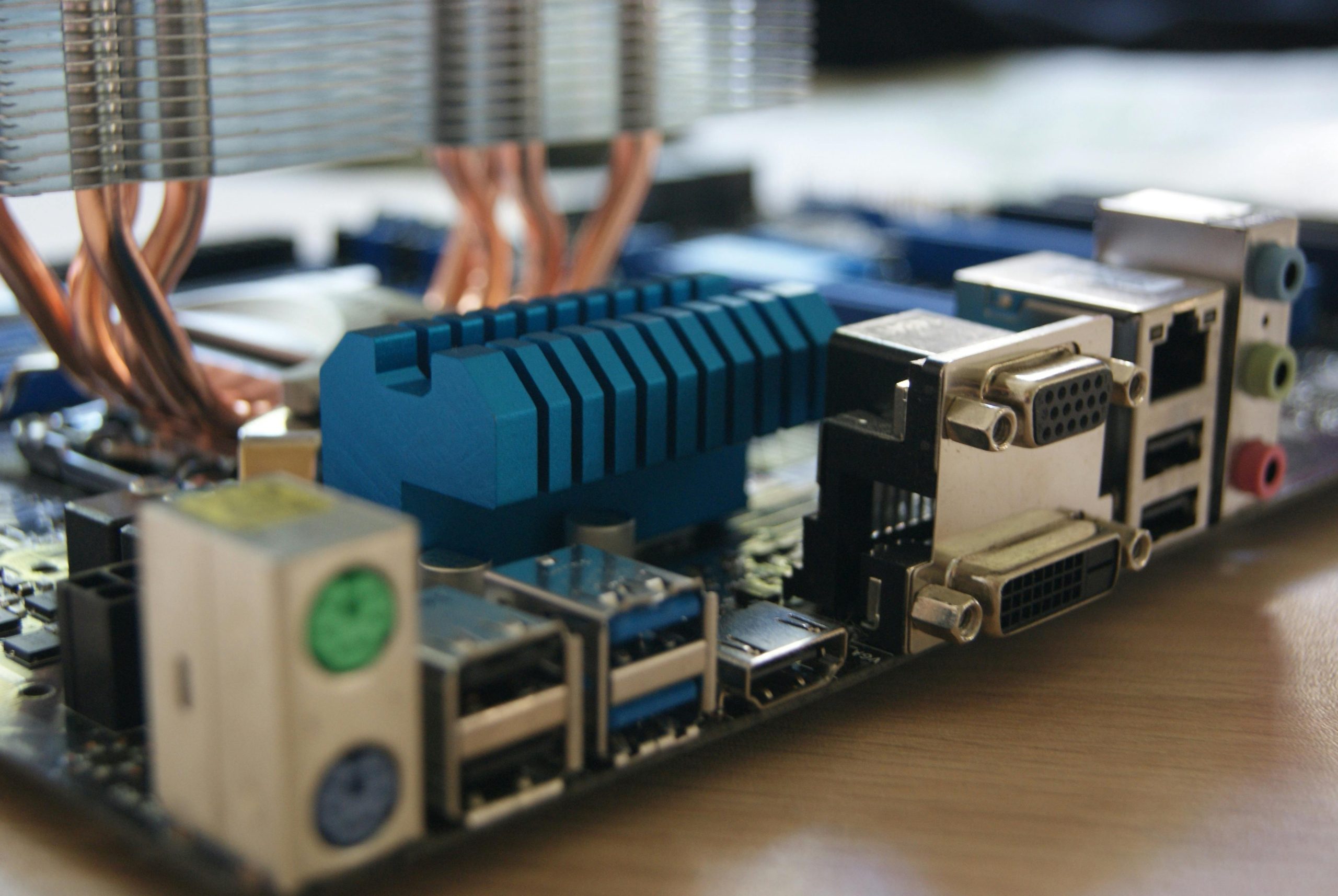Title: How to Organize TV Channels on Older Models: A Comprehensive Guide
In a world that’s increasingly shifting towards smart televisions with intuitive user interfaces, those of us with older TV models quickly find ourselves lost in a labyrinth of complicated settings and unresponsive remote controls. One such struggle is arranging TV channels in a familiar, logical sequence that suits our viewing habits—an endeavor I recently embarked on with my parents’ Toshiba LV40, a model that dates back several generations. In this blog post, we’ll explore solutions for organizing channels on older TVs, discuss the pitfalls, and provide step-by-step guidance to help you streamline your television experience.
Understanding Your TV’s Hardware
Before diving into the solution, it’s essential to grasp the basics of your TV’s connectivity and channel setup. The Toshiba LV40, much like many older models, relies on a coaxial cable connection. It also uses a CAM card to decode channels, a common setup in households that don’t utilize satellite dishes or advanced cable boxes. Given this setup, rearranging channels requires a more hands-on, manual approach.
Why Channel Order Matters
Logical channel ordering is crucial, especially for elderly viewers who might not be tech-savvy. For my parents, having the news channel on button 1 and their favorite sports channel on button 2 significantly simplifies their viewing experience. However, this goal is more difficult to achieve on older TVs, which often store channels based on signal strength or the order in which they were first scanned, leading to frustrating gaps and skips in the lineup.
Troubleshooting Common Issues with Channel Ordering
-
Channel Skipping: One of the most common challenges is channels jumping numbers, like from 1 to 208. This typically occurs because the TV defaults back to its original channel mapping, overriding any manual adjustments. Older TVs often store channels in memory based on their original scanning sequence, creating challenges when you attempt to re-order them.
-
Scrambled Channel Guide: Another issue is the random scrambling of the channel guide that occurs when manual adjustments aren’t saved correctly. In older models, changes may not automatically update the channel guide, necessitating further manual revisions.
-
Limited Hardware Capabilities: Older models, like the Toshiba LV40, lack smart features such as auto sorting or user-friendly interfaces that allow for drag-and-drop reordering.
How to Manually Reorder Channels
Step 1: Access the Channel List
Begin by accessing the main menu on your TV. Scroll to the channel setup option. This might be labeled differently depending on your TV model, but it is generally found under ‘Settings’ or ‘Broadcast’.
Step 2: Manual Reordering with Patience
Unlike modern TVs that might offer sorting functions, older TVs often demand a manual approach:
– Select the channel you wish to move: Use the numeric keys or the channel up/down buttons to reach the channel.
– Change the position: Move to the settings or options menu where you can edit the channel number (often listed as ‘Edit Channel’).
– Assign a new number: Input the desired number using the remote. Entering the new number should move the channel to that spot.
This process is admittedly time-consuming, especially when dealing with a large number of channels, but it is a surefire way to get everything in the right order.
Step 3: Save Your Settings
After you reorder the channels, ensure you save your settings before exiting. Failure to do so might result in your changes being lost, forcing you to repeat the entire process.
Tips for Managing Channel Order on Older TVs
-
Use a Notepad: As you go through the channels, jot down the current settings and the changes you want to implement. This helps avoid confusion, especially if the television doesn’t provide an on-screen list of current channels.
-
Regularly Update the List: Channel stations occasionally change frequencies or numbers, even on old TV models. Regularly review and update your settings to keep your system streamlined.
-
Explore the TV Manual: Though it may seem cumbersome, the TV’s manual can be an invaluable resource, offering insights specific to your model.
Alternative Solutions
If manual reordering feels overly burdensome, consider the following alternatives:
-
External TV Boxes: Devices like digital tuner boxes or older generation set-top boxes often provide an easier interface for channel management. These devices are affordable and don’t require replacing the existing TV.
-
Universal Remotes with Channel Memory: Some universal remotes allow programming for channel favorites, bypassing the native channel list altogether. This can help create a pseudo-customized system without altering the TV’s settings.
-
DIY Tech Solutions: With a bit of technical expertise, some older model TVs can interface with basic computing solutions to simulate smarter features. Although this might be more intrusive, it can offer a learning opportunity and potentially upgrade your TV’s capabilities without massive investment.
Conclusion
Being close to solving the channel-mixing puzzle on an older TV model is an admirable feat. The key is patience and manual intervention. Although this may not replicate the effortless glitz of today’s smart systems, the satisfaction derived from crafting a coherent channel list for loved ones is priceless. If faced with channel clutter and unpredictable lineup behavior, remember that a solution—albeit straightforward and time-consuming—is within reach with the right combination of manual adjustment and investigative perseverance.
As technological advancements continue, the linkage between modernizing solutions for older technologies remains essential, ensuring inclusivity and accessibility for everyone, including those who aren’t ready or able to adopt the newest innovations. Happy channel surfing!
Share this content:




Response:
Thank you for sharing this comprehensive guide on organizing TV channels for older models, particularly the Toshiba LV40. I appreciate the detailed steps provided for manually reordering channels, as it certainly can be a tedious task but is worth the effort for a more personalized viewing experience.
Moreover, I’d like to add a couple of additional tips to your outline:
Consider Firmware Updates: While older TVs may not be equipped with all the bells and whistles of modern gadgets, it can sometimes be beneficial to check if there are firmware updates available. Occasionally, manufacturers release updates that enhance functionality, which may also include minor improvements related to channel management.
Utilize External Devices for Enhanced Control: Beyond external TV boxes, streaming devices like Roku or Amazon Fire Stick can also provide a more structured way to organize content, even if your primary viewing is through an older television. They often come with more user-friendly interfaces and allow for a wider selection of channels, including online options.
Lastly, if anyone is tech-savvy or comfortable with DIY projects, it might be interesting to explore Raspberry Pi or similar mini-computer setups, which could potentially allow users to create a custom interface for their older TVs, bridging the gap between vintage technology and modern usability.
Great job
If you’re experiencing difficulties with organizing channels on your older TV model like the Toshiba LV40, you’re not alone. Older TVs often lack the user-friendly features found in modern smart TVs, making manual reordering a patience-testing process. Here are some tips that might help:
Patience is key when manually reordering channels on legacy televisions. If the process becomes too cumbersome, external devices or remote controls with memorization features can offer convenient alternatives. Should you need further assistance or recommendations on compatible equipment, feel free to ask!